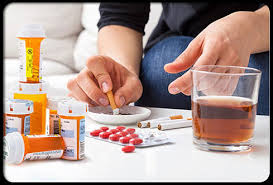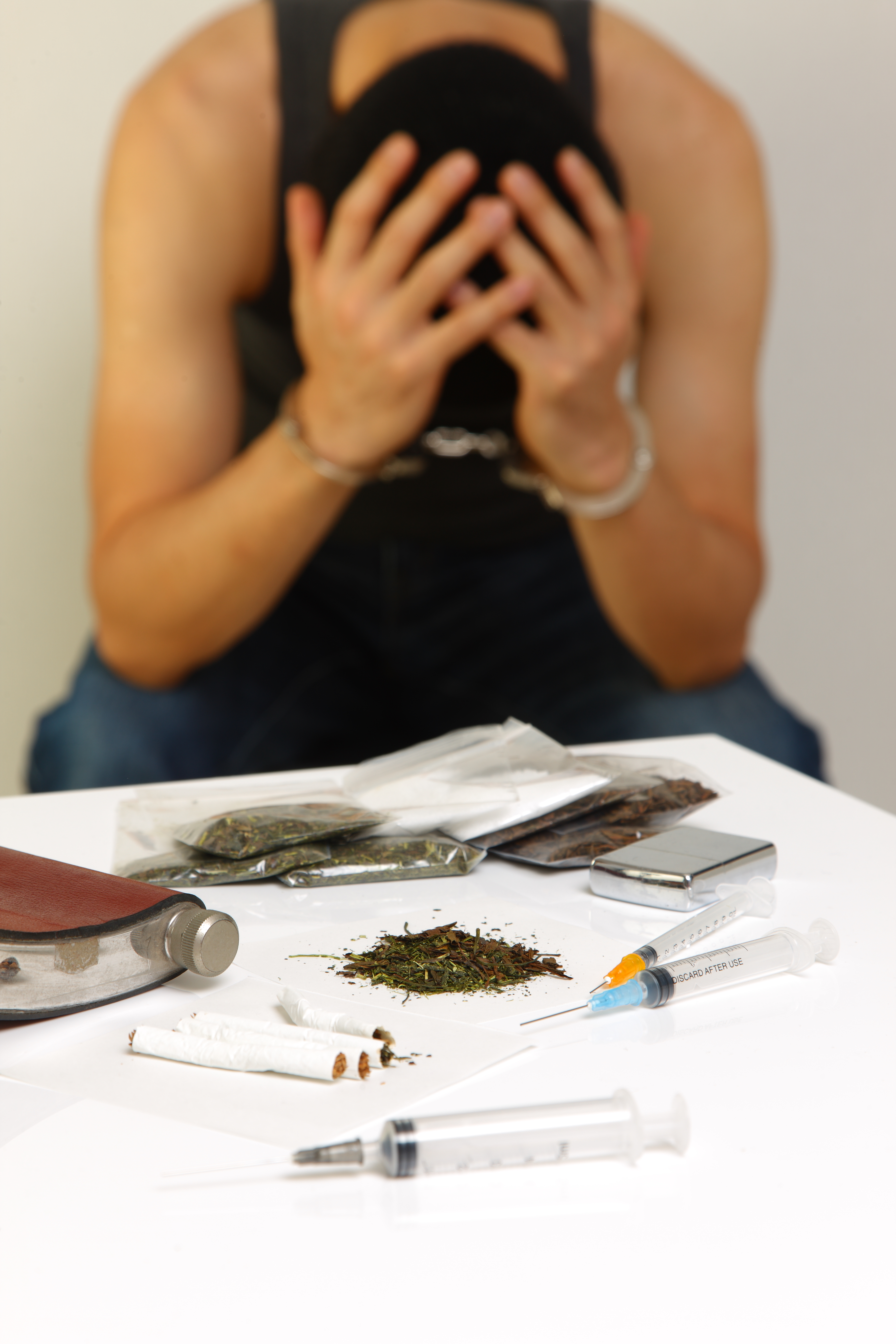Outpatient detoxification for opioids

Outpatient detoxification for opioids works well for busy personalities who may not find time for admission
Outpatient detoxification for opioids: How beneficial is it?
People get addicted to various drugs despite knowledge of their consequences. When one is getting into drugs, initially it is voluntary but as they get used to it, the addictive nature of the substance takes effect and they become prisoners of the drug to the point that they can’t do without it. If this state progresses for a long time the level of addiction becomes stronger and within no time the individual graduates to more powerful substances or takes more of the same to attain the high they expect at their new level of addiction. While these are happening, many times we often fail to take action to remedy the situation. It’s this failure that we want to correct even as we focus on the topic outpatient detoxification for opioid painkillers with a view of finding lasting solutions.
We spoke to the experts at AWAREmed Health and Wellness Resource Center to help us in bringing this topic to perspective and doctor Dalal Akoury (MD) a veteran addiction expert and founder of the facility (AWAREmed Health and Wellness Resource Center) is registering that “under normal circumstances patients addicted to opioid painkillers achieve good results with outpatient detoxification.” This according to one of the recently NIDA-funded clinical trial, it was established that a significant portion of individuals who are addicted to opioid painkillers may initiate and maintain abstinence with a brief but intensive outpatient detoxification treatment followed by opioid antagonist therapy using naltrexone. From this trial, it was evident that patients achieved higher abstinence rates than are typically obtained with detoxification regimens. The duration of a taper with buprenorphine/naloxone (Bp/Nx) was a determinative factor in patients’ success, with longer tapers yielding greater abstinence.
Outpatient detoxification for opioids: Research findings based on tested opioid users
In this trial, Dr. Dalal Akoury and her team of experts at AWAREmed Health and Wellness Resource Center studied the findings from the enrolled 70 adults who were addicted to opioid painkillers into a double-blind, randomized clinical trial that involved a three-step detoxification process:
- Stabilization on a Bp/Nx (Suboxone) dosage that suppresses withdrawal symptoms, craving, and use of illicit opioid painkillers
- Gradual tapering of the Bp/Nx dose to zero over 1, 2, or 4 weeks
- Transition to the opioid antagonist naltrexone once a patient provides opioid-negative urine samples and reports no opioid use within the past 24 hours
Under this trial says doctor Akoury, away from other treatment the participants also received twice-weekly behavioral therapy using the evidence-based Community Reinforcement Approach and underwent thrice-weekly staff-observed urinalysis testing? Supplementary non-opioid medications were used as needed to treat breakthrough withdrawal symptoms. The patients randomly assigned to the 4-week Bp/Nx taper provided the highest percentage of illicit opioid–free urine samples during the 12-week trial. Of these 22 patients, 63 percent were abstinent at the 5-week mark, and 50 percent were still opioid-abstinent at the end of the 12-week trial. In contrast, 29 percent of each of the two groups receiving shorter tapers provided drug-free urine samples at 5 weeks, and 20 percent or less of each provided drug-free samples at 12 weeks. Similar findings were seen with adherence to naltrexone ingestion and treatment retention.
Outpatient detoxification for opioids: How beneficial is it?









